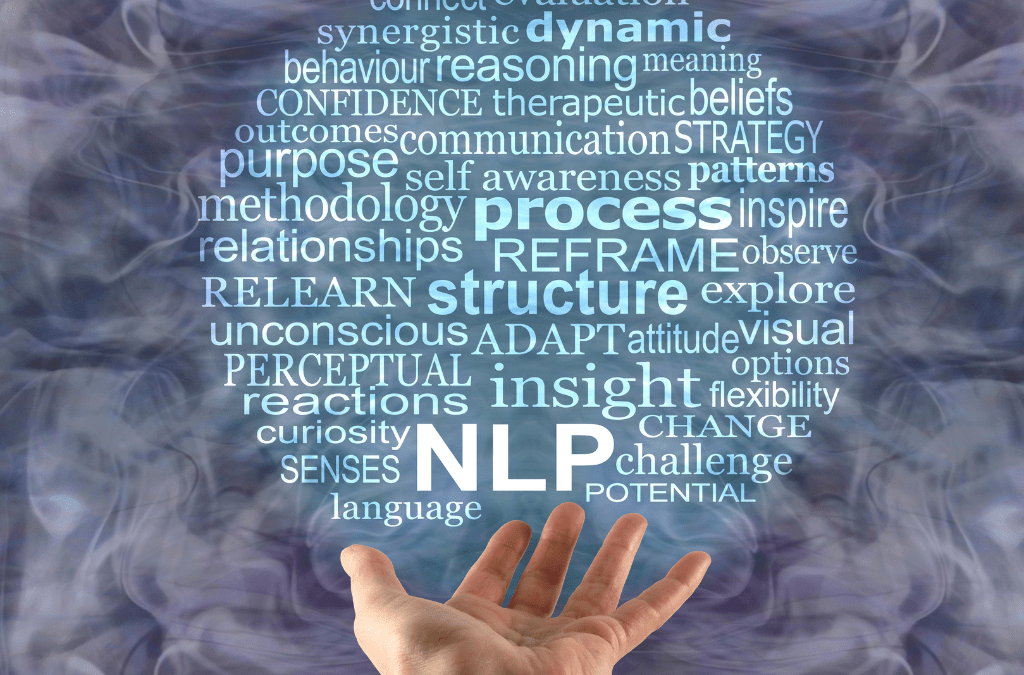Neuro-Linguistic Programming (NLP) is a psychological approach developed in the 1970s by Richard Bandler and John Grinder. It posits a connection between neurological processes (“neuro”), language (“linguistic”), and behavioural patterns learned through experience (“programming”). NLP suggests that by analysing and modifying these components, individuals can achieve specific goals and improve personal development.
While some aspects of NLP have been popular and are used in coaching and communication training, many of its claims have been criticized as pseudoscientific. Here’s a breakdown of which parts are generally viewed with scepticism and which have a more solid grounding:
Aspects Often Considered Pseudoscience
- Overgeneralized Claims about Language and Thought
- Claim: NLP posits that the language we use directly maps onto our internal thought processes and that altering language patterns can produce deep, lasting changes in cognition and behaviour.
- Critique: Although there is research on how language influences thought (e.g., aspects of the Sapir-Whorf hypothesis), NLP’s specific assertions and models (such as rigid “representational systems”) are not supported by rigorous empirical evidence.
- Eye Movement Patterns as Windows to Cognitive Processes
- Claim: NLP often asserts that the direction of a person’s eye movements can reliably indicate whether they are recalling visual, auditory, or kinaesthetic information.
- Critique: Extensive research in neuroscience and psychology does not support a clear, consistent link between eye movement direction and specific cognitive processes. This aspect of NLP is widely regarded as oversimplified and not scientifically validated.
- Rapid Transformation Techniques
- Claim: Techniques such as the “fast phobia cure,” anchoring, and other rapid change methods are said to quickly resolve deep-seated issues or phobias.
- Critique: While some individuals report positive outcomes, these techniques lack a robust body of controlled, peer-reviewed research to back up their efficacy. Their theoretical basis is also not well integrated with established psychological theories.
- Lack of Theoretical Coherence and Empirical Support
- Overall Issue: Many of NLP’s foundational models are not derived from or tested within established frameworks in neuroscience, cognitive psychology, or psychotherapy.
- Critique: The eclectic mix of ideas, combined with anecdotal evidence and a lack of rigorous experimental validation, has led many in the scientific community to classify large parts of NLP as pseudoscience.
Elements with Some Sound Basis
- Rapport Building and Mirroring Techniques
- What It Is: NLP emphasizes matching a client’s body language, tone, and pace to build rapport.
- Scientific Basis: Research in nonverbal communication supports the idea that subtle mirroring can enhance interpersonal connection and trust. While NLP may oversimplify this process, the underlying concept is recognized in social psychology.
- Reframing
- What It Is: Reframing involves changing the way a situation is perceived, which can lead to different emotional or behavioural responses.
- Scientific Basis: This technique is a well-established component in cognitive-behavioural therapy (CBT). Although NLP’s approach might differ in methodology, the basic idea that altering one’s perspective can influence emotional outcomes is supported by psychological research.
- Modelling Excellence
- What It Is: NLP suggests that by studying and “modelling” the behaviours and thought patterns of successful individuals, one can replicate their success.
- Scientific Basis: The concept of modelling is used in various educational and therapeutic settings. However, while the general idea has merit, NLP’s claims about the ease and directness of this replication process tend to be oversimplified compared to what is understood in cognitive and behavioural science.
- Use of Hypnotic Language Patterns
- What It Is: Some NLP techniques borrow from hypnotic language patterns to induce relaxation or focus.
- Scientific Basis: There is research into hypnotic induction and suggestion showing that language can affect a person’s mental state. That said, NLP’s application of these ideas is often broader and less systematically validated than in clinical hypnosis.
Summary
- Pseudoscientific Elements:
The parts of NLP that make broad, unsubstantiated claims—such as rigid mappings between language and thought, specific interpretations of eye movements, and rapid, all-encompassing transformation techniques—lack rigorous empirical support and are considered pseudoscientific by many experts. - Sound or Plausible Elements:
Techniques that involve rapport building, reframing, modelling behaviour, and even certain hypnotic language patterns have parallels in established psychological practices. These methods, when stripped of their more extravagant claims, can be useful tools in communication and therapeutic settings.
In conclusion, while some NLP techniques echo effective communication and therapeutic strategies, its overall framework remains controversial. The elements that have a basis in science tend to be common-sense or already validated components of other therapeutic approaches, whereas many of its core claims have not withstood scientific scrutiny.

